Hey there! If you’re running an online store with WooCommerce, you already know how exciting and challenging it can be. One of the key things to keep in mind is the importance of setting minimum and maximum quantities.
You might be wondering, why is this such a big deal.
Well, my friend, it’s all about managing your inventory effectively and ensuring you don’t oversell or undersell your individual products. Nobody wants to deal with the headache of running out of stock or having to ship out teeny-tiny orders that barely cover the cost of packaging.
By implementing order quantity limits, you can avoid these headaches and keep things running smoothly.
In this article, we’ll dive into the benefits of having minimum quantities and maximum quantities, how to set them up in WooCommerce, and even some strategies for promoting higher quantities.
So, grab a cup of coffee, and let’s dig deeper into this topic!
Why are Minimum Quantities and Maximum Quantities Important
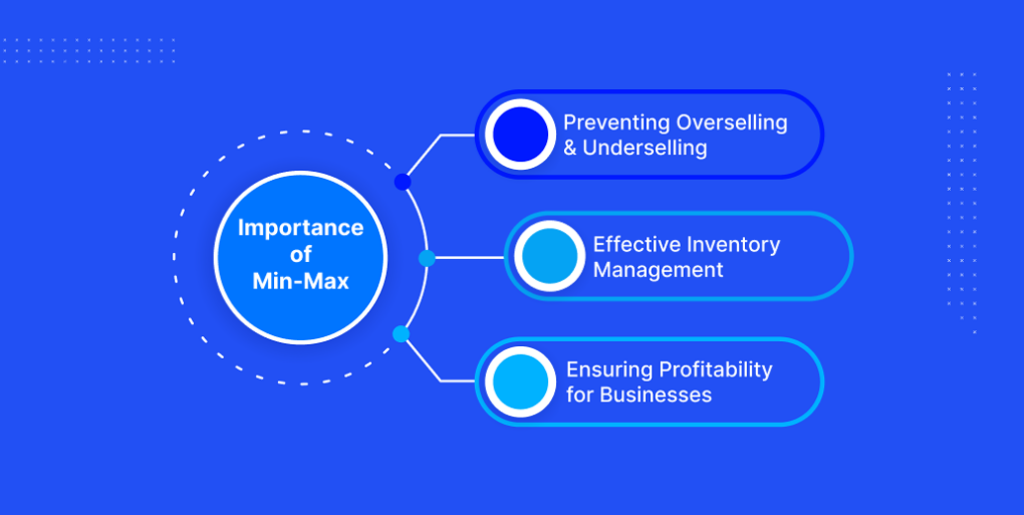
Setting minimum product quantities and maximum product quantities in WooCommerce is crucial for several reasons. Let’s take a closer look at why these limits are necessary:
Preventing Overselling and Underselling
So, basically, if you set minimum and maximum order quantities, you won’t have to worry about running out of stock or having way too much inventory. Minimum order quantities are there to avoid the annoyance of dealing with tiny, not-worth-it orders.
On the other hand, maximum order quantities are in place to make sure we don’t sell more than we can handle and to keep a consistent supply of products.
Effective Inventory Management
Order quantity limits are super helpful for keeping your inventory in check. They make it way easier to manage everything and keep things running smoothly. If you take a look at your sales data and set some reasonable limits, you can make sure you have just the right amount of stock.
This way, you won’t have to deal with the hassle and expenses that come with having too much or too little inventory.
Ensuring Profitability for Businesses
Setting minimum order quantities helps make sure that each order is worth it for your business financially. This helps cover the costs of packaging, shipping, and processing, which in the end, helps you make more money.
Also, having a limit on how much you can order helps make sure that we don’t run out of certain products too fast, which means we can keep making money consistently.
Benefits of Implementing Minimum and Maximum Quantities
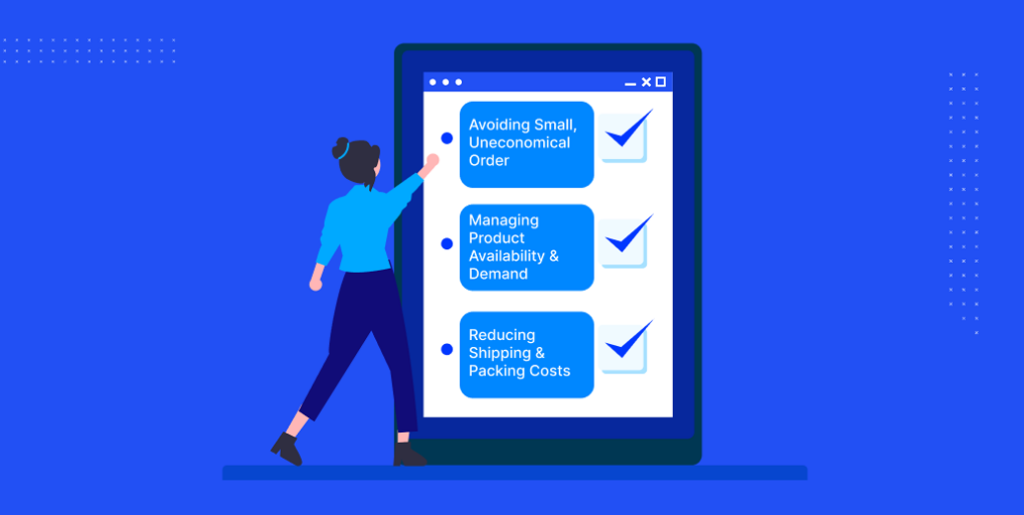
Applying min/max quantity in WooCommerce offers a range of benefits, including:
Avoiding Small, Uneconomical Orders
Setting a minimum order quantity helps make sure that each order is worth the time and effort it takes to process and fulfill it. This thing helps you make more money and save time by not dealing with a bunch of small orders that might not even be worth it.
Managing Product Availability and Demand
Setting maximum order quantities allows you to control the availability of your products. By limiting the number of units that can be purchased in a single order, you can prevent selling out too quickly and better manage demand.
This helps prevent stockouts and ensures a consistent supply of products for your customers.
Reducing Shipping and Packaging Costs
Setting minimum order quantities can help reduce shipping and packaging costs. By encouraging customers to order larger quantities at once, you can consolidate shipments and minimize packaging materials. This leads to cost savings and a more environmentally friendly approach to order fulfillment.
It’s an effective strategy to enhance your profitability and provide a better customer experience.
How to Set Minimum and Maximum Product Quantities in WooCommerce
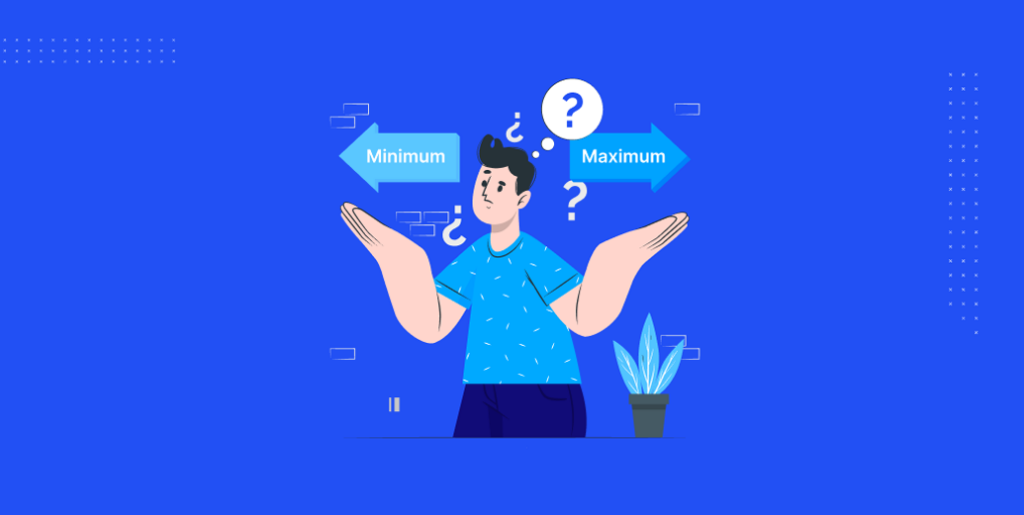
Setting minimum and maximum product quantities in your WooCommerce store can help ensure that your customers are ordering an appropriate amount of products. By default, WooCommerce does not provide the option to set such limits.
However, with the help of a plugin such as the WC Min Max Quantities Plugin, you can easily set quantity limits for your products.
The WC Min Max Quantities Plugin is a WooCommerce extension that allows you to set minimum and maximum order quantities for individual products and variable products variation. This plugin provides store owners and managers with the flexibility to set unique quantity requirements for their products.
To install the WC Min Max Quantities Plugin, follow these steps:
- Log in to your WordPress admin area and navigate to ‘Plugins’ > ‘Add New’.
- Search for ‘Min Max Quantities’ in the search bar.
- Click ‘Install Now’ and wait for the installation to complete.
- Once the installation is complete, click ‘Activate’ to enable the plugin.
Once the plugin is activated, you can set minimum and maximum quantities for each product in your WooCommerce store. Here’s how:
- Go to the ‘Products’ page and edit the product you want to configure with minimum and maximum quantities.
- Scroll down to the ‘Product Data’ section and click on the ‘Min Max Quantities’ tab.
- You can set minimum and maximum quantities for the product or product variation here.
- Save the changes once you are done.
The WC Min Max Quantities Plugin also allows you to set global minimum and maximum quantities for all your products. This is useful if you want to set quantity limits across your entire store.
Here’s how:
- Go to ‘WooCommerce’.
- Click on the ‘Min Max Quantities’ tab.
- Here, you can set global minimum and maximum quantities that will apply to all your products.
- Save the changes once you are done.
In conclusion, the WC Min Max Quantities Plugin provides store owners and managers with the ability to prevent customers from ordering too few or too many products. The plugin is easy to install and configure, and it provides great flexibility for unique quantity requirements.
Quantity Limit or Purchase Control Impact on Customer Experience
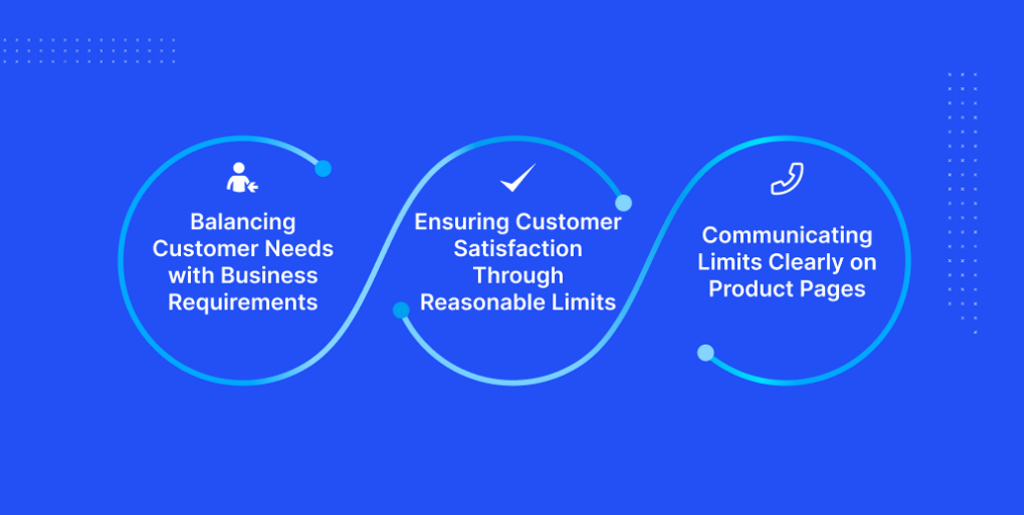
The impact of minimum and maximum quantities on customer experience is significant. Here’s how it can make a difference:
Balancing Customer Needs with Business Requirements
Implementing order quantity limits allows you to strike a balance between meeting customer needs and fulfilling your business requirements. While customers may desire the flexibility to order any quantity, setting reasonable limits ensures efficient operations and profitability for your business.
Ensuring Customer Satisfaction Through Reasonable Limits
By setting realistic minimum and maximum order quantities, you can enhance customer satisfaction. Reasonable limits prevent customers from experiencing frustration due to excessive or overly restrictive ordering restrictions.
It allows them to purchase quantities that are suitable for their needs without encountering unnecessary obstacles.
Communicating Limits Clearly on Product Pages
Transparently communicating order quantity limits is vital to managing customer expectations. Clearly display the minimum and maximum order quantities on product pages to avoid confusion or disappointment during the buying process.
Clearly stated limits empower customers to make informed decisions and help streamline the purchasing experience.
Maintaining a balance between customer needs and business requirements, ensuring customer satisfaction through reasonable limits, and transparently communicating those limits on product pages contribute to a positive customer experience when it comes to order quantities in WooCommerce.
Strategies for Promoting Minimum and Maximum Order Quantities
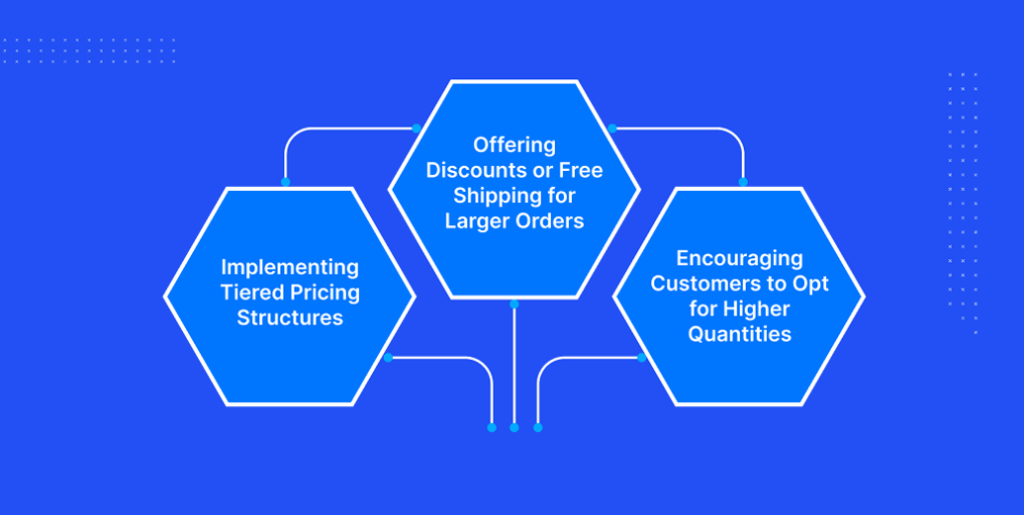
Promoting minimum and maximum order quantities can be effectively done through various strategies. Here are a few tactics you can implement:
Offering Discounts or Free Shipping for Larger Orders
Incentivize customers to purchase higher quantities by providing discounts or free shipping on orders that meet or exceed a certain threshold. This encourages them to add more items to their cart, increasing their order value and benefiting both the customer and your business.
Implementing Tiered Pricing Structures
Create pricing tiers based on order quantities. By offering lower unit prices for higher quantities, you motivate customers to buy in bulk, increasing their order value. This strategy works well for products with lower production costs, allowing you to capitalize on economies of scale.
Encouraging Customers to Opt for Higher Quantities
Use persuasive techniques such as product bundling or highlighting the benefits of larger orders to encourage customers to choose higher quantities. Showcase the cost savings, convenience, or longer supply duration associated with purchasing in larger quantities.
This not only drives higher sales volume but also helps optimize your operations and enhance customer satisfaction.
Monitoring and Adjusting Order Quantity Limits

Monitoring and adjusting order quantity limits is an ongoing process to ensure optimal results. Here are two key steps to consider:
Regularly Reviewing Sales Data and Customer Feedback
Analyzing sales data provides valuable insights into customer purchasing patterns and preferences. Monitor which order quantities are most commonly chosen, identify any trends or patterns, and track the impact of existing order quantity limits on sales and customer satisfaction.
Additionally, gather feedback from customers regarding their ordering experience and any suggestions for improvements. This information will help you make informed decisions when adjusting your order quantity limits.
Adapting Limits Based on Market Trends and Demand
As your business evolves, consumer preferences may shift, requiring adjustments in your order quantity limits. If you see increased customer demand for a particular product or category, consider raising the maximum order quantity to accommodate larger orders.
Conversely, if you notice low demand for certain items, you may want to reassess the minimum order quantity to prevent inventory accumulation.
Best Practices for Setting Order Quantity Limits
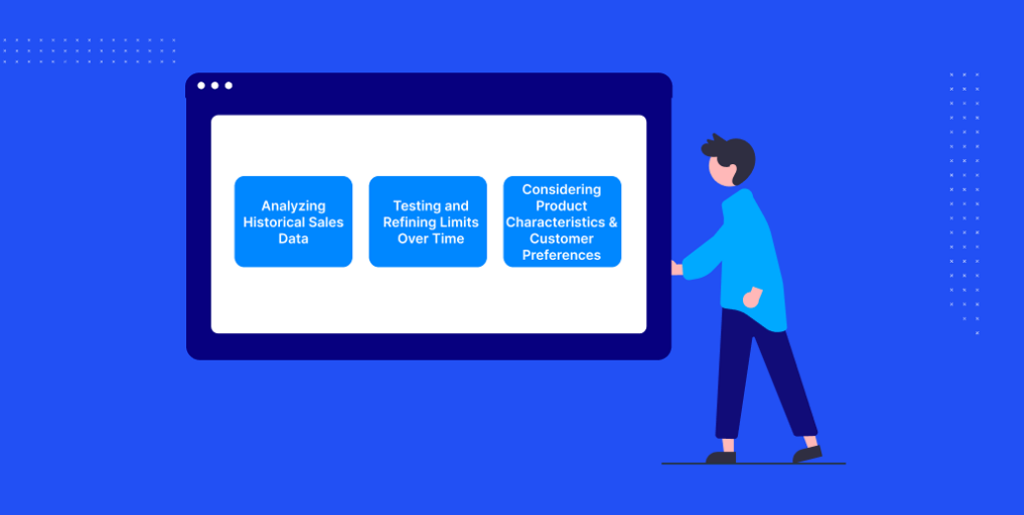
When it comes to setting order quantity limits, following best practices can ensure optimal results. Here are some key practices to consider:
Analyzing Historical Sales Data
Take the time to analyze your historical sales data to gain insights into customer buying patterns. Look for trends in order quantities for different products, seasons, or promotions. This data will help you understand typical order sizes and make informed decisions about setting minimum and maximum limits.
Considering Product Characteristics and Customer Preferences
Each product has its own unique characteristics and customer preferences. Consider how your products are used or consumed, and factor in any packaging or shipping constraints. Additionally, take into account customer feedback and preferences to determine what order quantities would best meet their needs and expectations.
Testing and Refining Limits Over Time
Setting order quantity limits is not a one-time decision. Continuously test and evaluate the effectiveness of your limits, making adjustments as necessary. Monitor the impact of changes on sales, customer satisfaction, and profitability.
Regularly collecting feedback from customers and incorporating it into your decision-making process will help you refine and optimize your limits over time.
Wrap Up

Minimum order quantities and maximum order quantities play a vital role in the success of your WooCommerce store. It’s all about finding that sweet spot between keeping your customers happy and ensuring your business runs smoothly.
By setting reasonable limits, you can avoid the headache of small, uneconomical orders while effectively managing your inventory. Not only does this help prevent overselling and underselling, but it also ensures profitability for your business.
And let’s not forget about the impact on customer experience – by communicating the limits clearly and implementing strategies like discounts for larger orders, you can delight your customers and foster their loyalty.
So, take the time to review and adjust your order quantity limits based on sales data, customer feedback, and market trends.
Stay flexible, stay attentive, and watch your WooCommerce store thrive!
That’s all for now. Until next time!
Adios.


Leave a Reply
You must be logged in to post a comment.